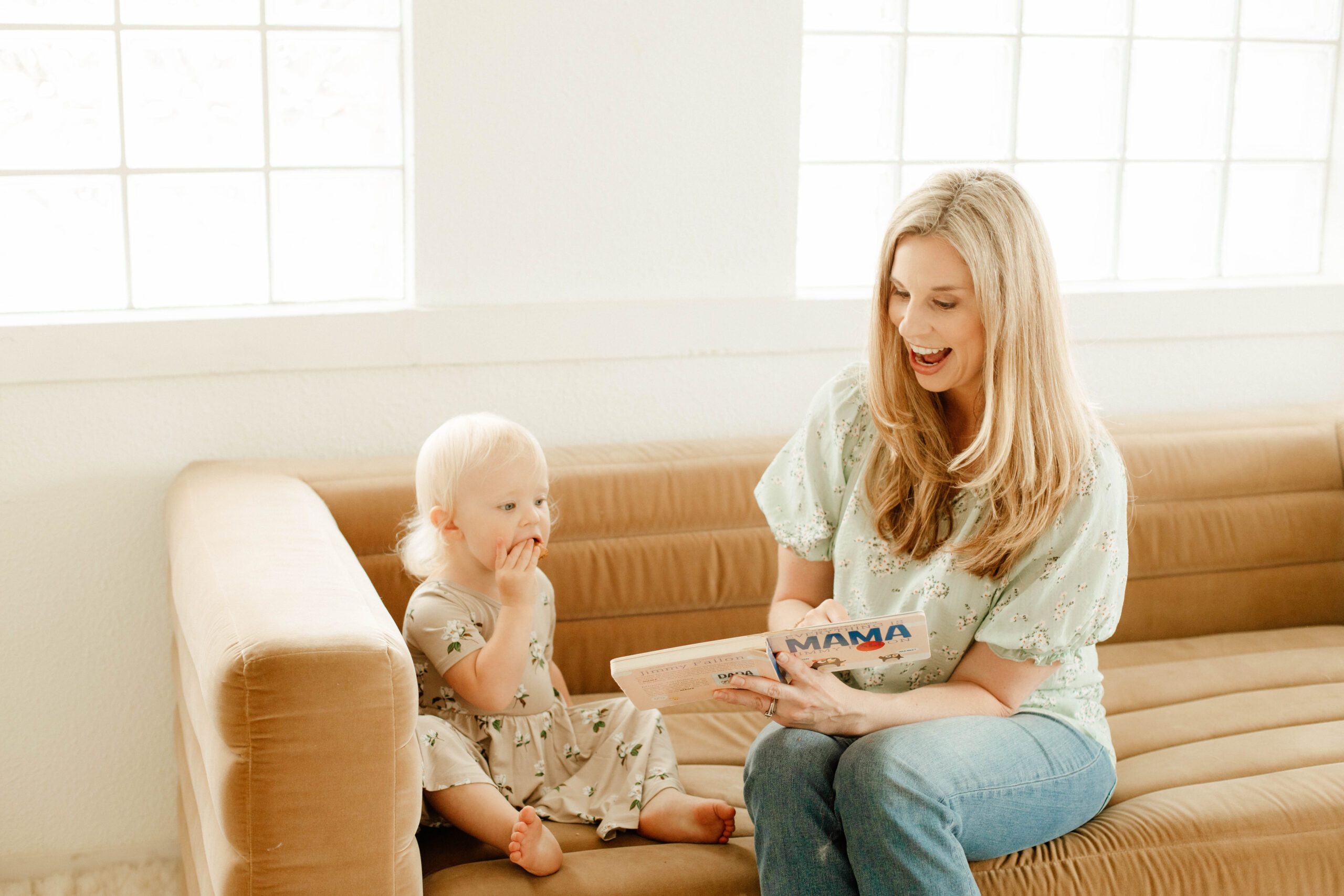
Autism and Communication
Children with autism have difficulty with social aspect of langue. The definition of communication is “The imparting or exchanging of information or news.” Communication is first and foremost social. Social is the foundation of communication. Research shows that newborns prefer to hear their own mother’s voice. Babies only 12-36 hours old prefer their mother’s face over a stranger’s. Beginning around six months of age, babies tend to follow their caregiver’s gaze. Around 7 months, babies start babbling. When they are interrupted, they tend to babble in bursts. When the caregiver allows the baby to finish, baby pauses, smiles, and looks attentively at the adult. This is the beginning of conversation.
Between nine and ten months, babies learn how to point. This gives them a new way to comment on things in the environment and direct their caregiver’s attention. All of these skills develop before talking! These skills are the foundation for communication. That is why it is so important that the person who “works on speech” with your child understands child and language development.
When a child does not have a strong foundation for language such as poor joint attention, imitation, self-regulation, and/or attachment and emotional engagement, we have to start there. If we only work on the output (talking), we are missing the big picture. To truly work on communication, we must embed meaningful opportunities to communicate into our interactions. By engaging children, we can help them discover that communication is powerful and exciting!
Communication is about more than just talking. When we treat communication like any other behavior, we may miss the bigger picture. Also, several problems may occur. First, it can be hard to generalize. This means it may be hard to use outside of the situation/context in which it was taught. Second, if we only teach communication with tangible rewards or do not move on from there, the natural reinforcement of connection may be lost. Demands can also lead to a power struggle and the child may become distressed from the pressure.
Austim and Self-Regulation
When children are stressed or upset, they go into “fight or flight.” They cannot learn in this state of high arousal. Their resources are so busy protecting them from the “threat” they can’t learn new information. Optimal learning takes place when a child’s emotions are regulated. Ensuring that children are engaged and ready to learn is not only ideal, but necessary. An Occupational Therapist is a wonderful resource for helping a child with their self-regulation and getting them to an ideal place for learning.
Autism and Learning
Research shows that we learn best in a state of curiosity and playfulness. A study by Dias & Harris (1988), showed that children as young as 4 could solve logic problems only during the play condition. Other studies have shown that both children and adults solved problems, showed more creativity, and used novel ways of thinking during or directly after playing. Children learn best through play. There is natural reinforcement built into play with another person such keeping their attention, fun, and connectedness.
At the heart of any therapeutic relationship should be trust. We know from brain imaging that relationships can literally change the brain. Children who experienced abuse and/or neglect show brain differences such as a weakening in the band of fibers that connects the two hemispheres of the brain called the corpus callosum. (Teicher, 2016). From a psychological point of view, healthy relationships encourage balanced emotions and secure attachments to adults (Siegel &Hartzell). Relationships are that powerful! Doesn’t it make sense to build treatment around a relationship that encompasses trust and joy? The even better news is that parents are already the most important people in their child’s life and play a profound role in helping their child learn to communicate. Parents should be empowered by their therapists!
The brain is shaped by both genetics and experiences. Based on the work of neuropsychologist Donald Hebb, we know that “neurons that fire together wire together.” Every experience, thought, feeling and physical sensation triggers thousands of neurons, which form a nueral network. This means that we can help children form new neural connections in the brain. We are literally architects for learning!
Autism and “Behavior”
When children cry or become upset, it is not a “behavior” we need to “extinguish.” Children cry to tell us something is wrong. What looks like “behaviors” may really just be children trying to communicate the best way they know how. Sometimes children have sensory needs they are not able to tell us about. Our goal should be to figure out the root cause of behaviors.
Our Approach to Therapy
My personal philosophy on communication/speech therapy is that it should be engaging, meaningful, and based on development. Since language is first and foremost social, the relationship and the interaction should be at the heart of therapy. Helping a child discover the excitement and power of communication is so much more meaningful than “forcing” a child to talk. When we treat communication like a behavior, we are missing the bigger picture. I think we can all agree that children deserve to be respected and heard. Regardless of a child’s diagnosis, the desire (and right) to connect with others is innate in all of us. It is our job to help children understand how to do that. The way to do that is not to children, but with them…to discover the joy of communication together.
 Brooke Andrews, M.A CCC-SLP is the owner of The Speech Dynamic, PLLC, a boutique speech therapy practice in Houston, TX. Brooke specializes in speech disorders, language delays, and social communication.
Brooke Andrews, M.A CCC-SLP is the owner of The Speech Dynamic, PLLC, a boutique speech therapy practice in Houston, TX. Brooke specializes in speech disorders, language delays, and social communication.
Resources
Bushnell, I. W. R., F. Sai, and J.T Mullin. “Neonatal Recognition of the Mother’s Face.” British Journal of Developmental Psychology, 7: 3-15, 1989.
DeCasper, A. and W. P Fifer. “On Human Bonding: Newborns prefer Their Mothers’ Voices.” Science, 208: 1174-76, 1980.
Dias, M.G., & Harris, P.L. (1988) The effect of make believe play on deductive reasoning. British Journal of Developmental Psychology, 6, 207-221.
Siegel, D. J., & Hartzell, M. (2014). Parenting from the inside out: how a deeper self-understanding can help you raise children who thrive. Brunswick, Vic.: Scribe Publications.
Teicher, M., Samson, J., Anderson,C., and Ohashi, K.The effects of childhood maltreatment on brain structure, function and connectivity. Nature Reviews Neuroscience, 17: 252-266, 2016.






